It’s no secret that the B2C buyer’s journey has changed drastically in 2020. In an effort to avoid long lines and empty shelves of many struggling brick-and-mortar retail businesses, more consumers are shopping online than ever before. In fact, a report published by eMarketer concluded that e-commerce will reach an all-time high of 14.5% of total retail sales in the United States in 2020. In this article, we will share some surprising statistics about the modern B2C buyer’s journey that you need to know for your e-commerce business.
What Does The Modern B2C Buyer Journey Look Like?
1. Research And Recommendations
Before a consumer makes a purchase, he or she heads to the Web or social media to research. In fact, 97% of consumers research products and services online. Most consumers research product reviews, which significantly influence consumers’ purchase decisions.
2. Content Is Still King
In today’s digital age, with more consumers shopping and buying online than ever before, content is still important to any marketing and sales strategy. In fact, 47% of consumers review at least three to five pieces of content prior to making a purchase or contacting a sales representative. Furthermore, consumers spend an average of five hours per day researching and consuming content on their smart devices
3. Social Selling Is In
Established e-commerce businesses and marketers use social media to promote and sell their products. Facebook is still in the lead as the top social media platform used by companies to attract consumers.
4. Product Category Growth
Although e-commerce sales have increased significantly in 2020 across the board, there are several product categories that have seen immense growth. These categories include household products and essentials; food and beverage (58.5% ); and health, beauty, and personal care (32.4%). Above all, books, music, and video has seen the most growth at 62.7%.
5. The Trust Factor
It’s all about the trust factor for consumers today. Consumers are more likely to purchase from a brand they already trust. In fact, 61% of customers will make a purchase decision after reading or receiving a recommendation from a brand, source, blog, or someone they trust.
6. E-commerce Customer Conversions
On average, 2.72% of e-commerce website visitors convert into customers. e-commerce businesses can boost their conversion rates by leveraging AI. AdScale is an AI-powered advertising platform that allows e-commerce businesses to automate their advertising campaigns and spend across Google, Facebook, and Instagram in a single platform. AdScale helps e-commerce businesses see more sales for every dollar they spend on advertising.
The Modern B2C Buyer Journey Has Changed
All in all, the modern B2C buyer journey has changed. This means your business needs to as well. E-commerce businesses need to shift their sales strategies accordingly in order to appeal to today’s modern buyers to cultivate relationships, boost sales, and grow and scale through 2020 and beyond.
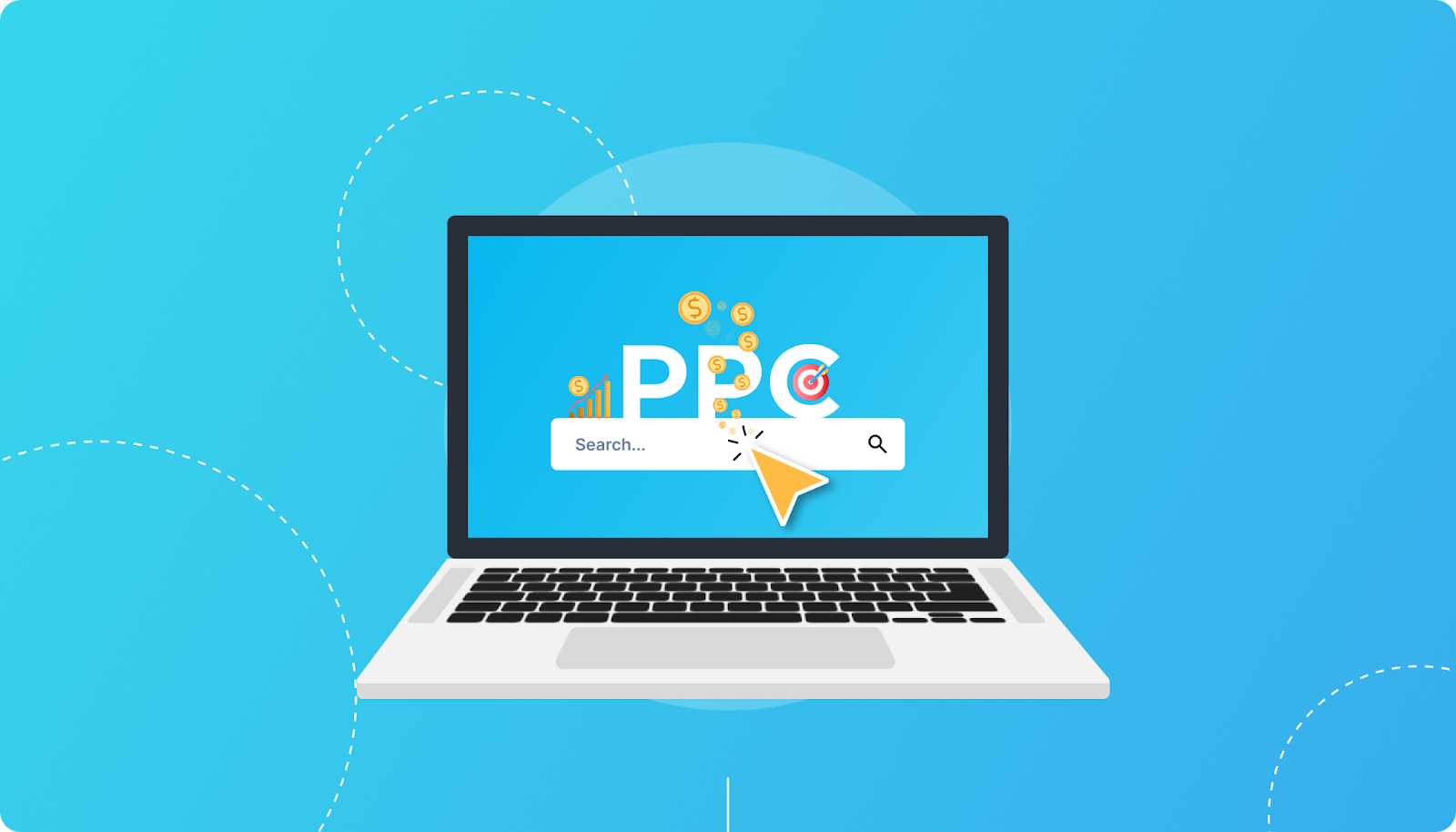
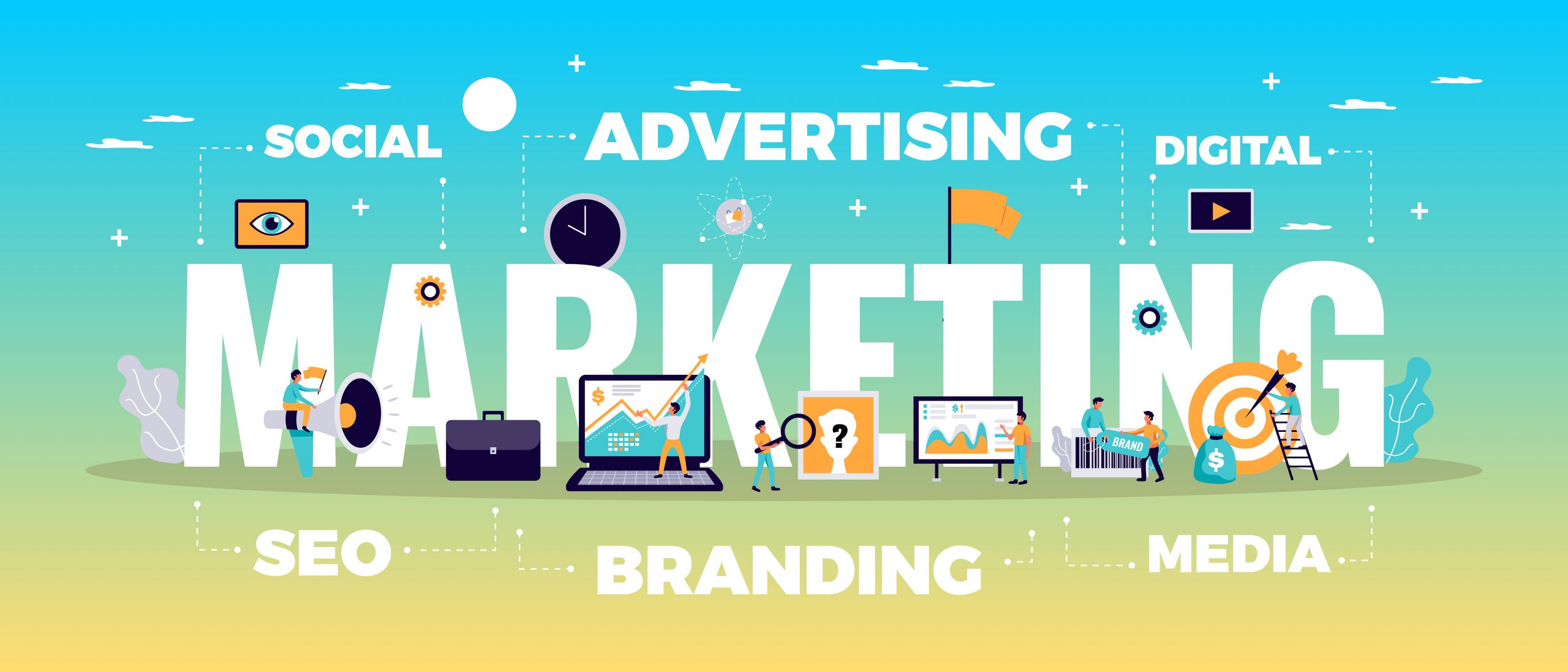



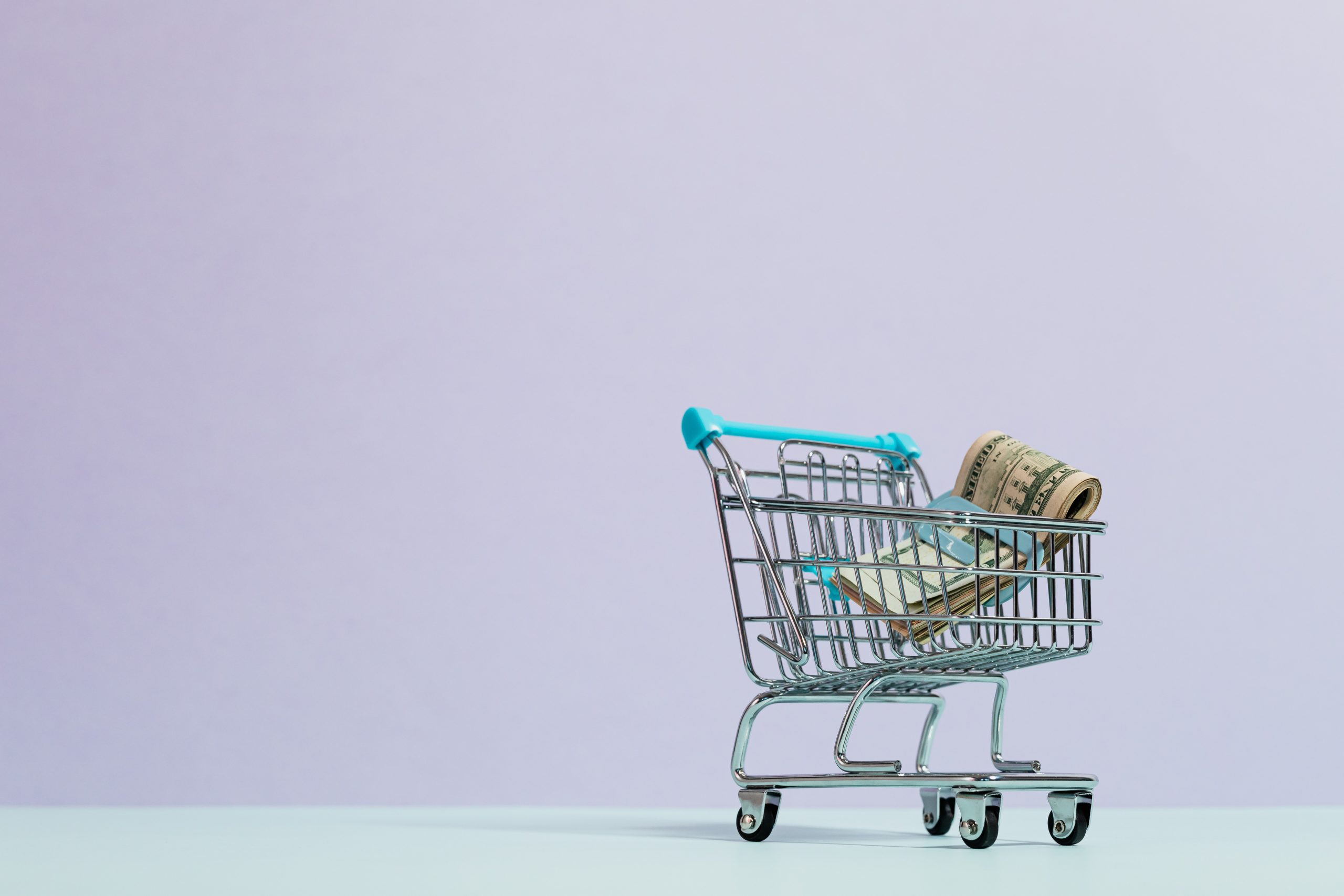
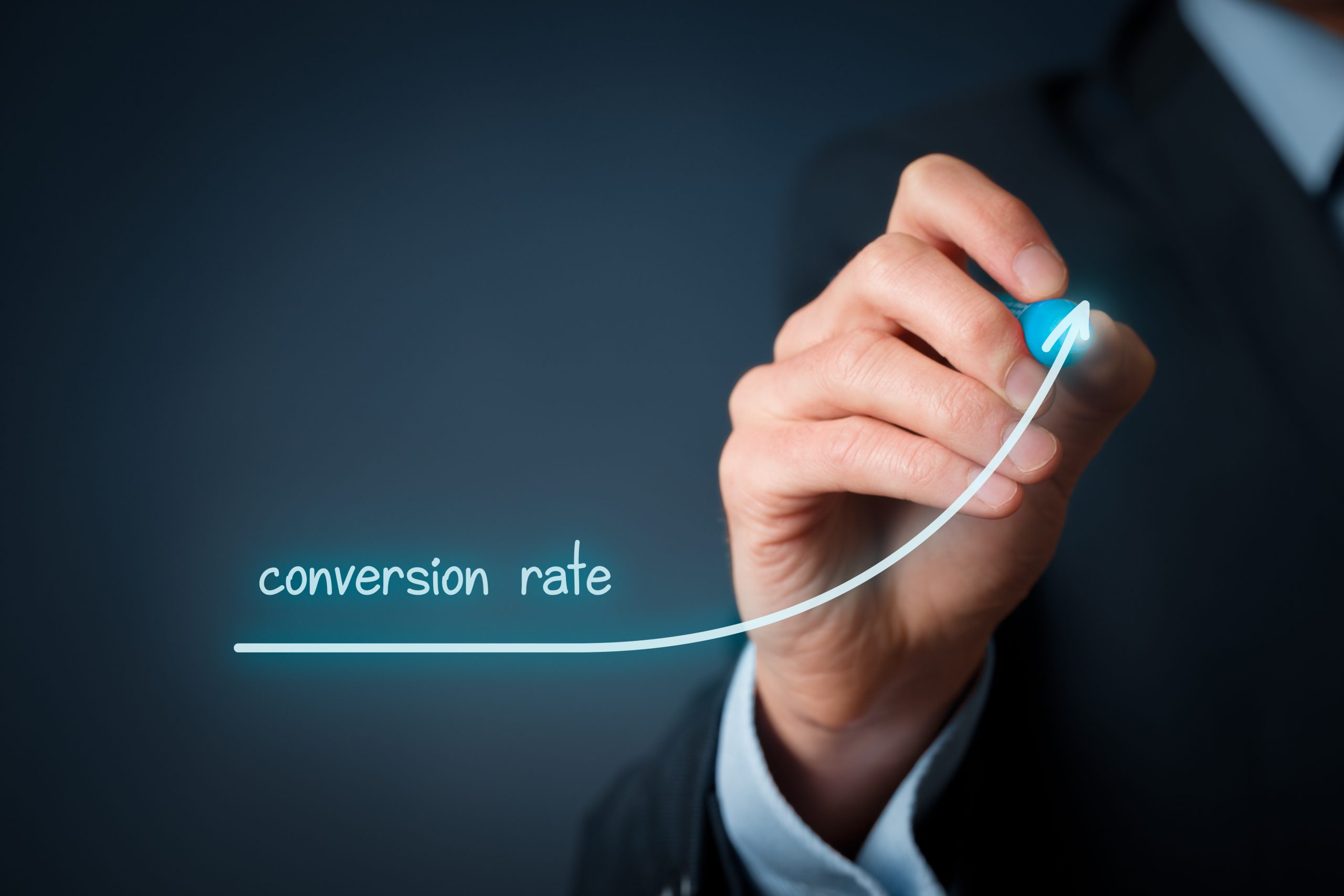
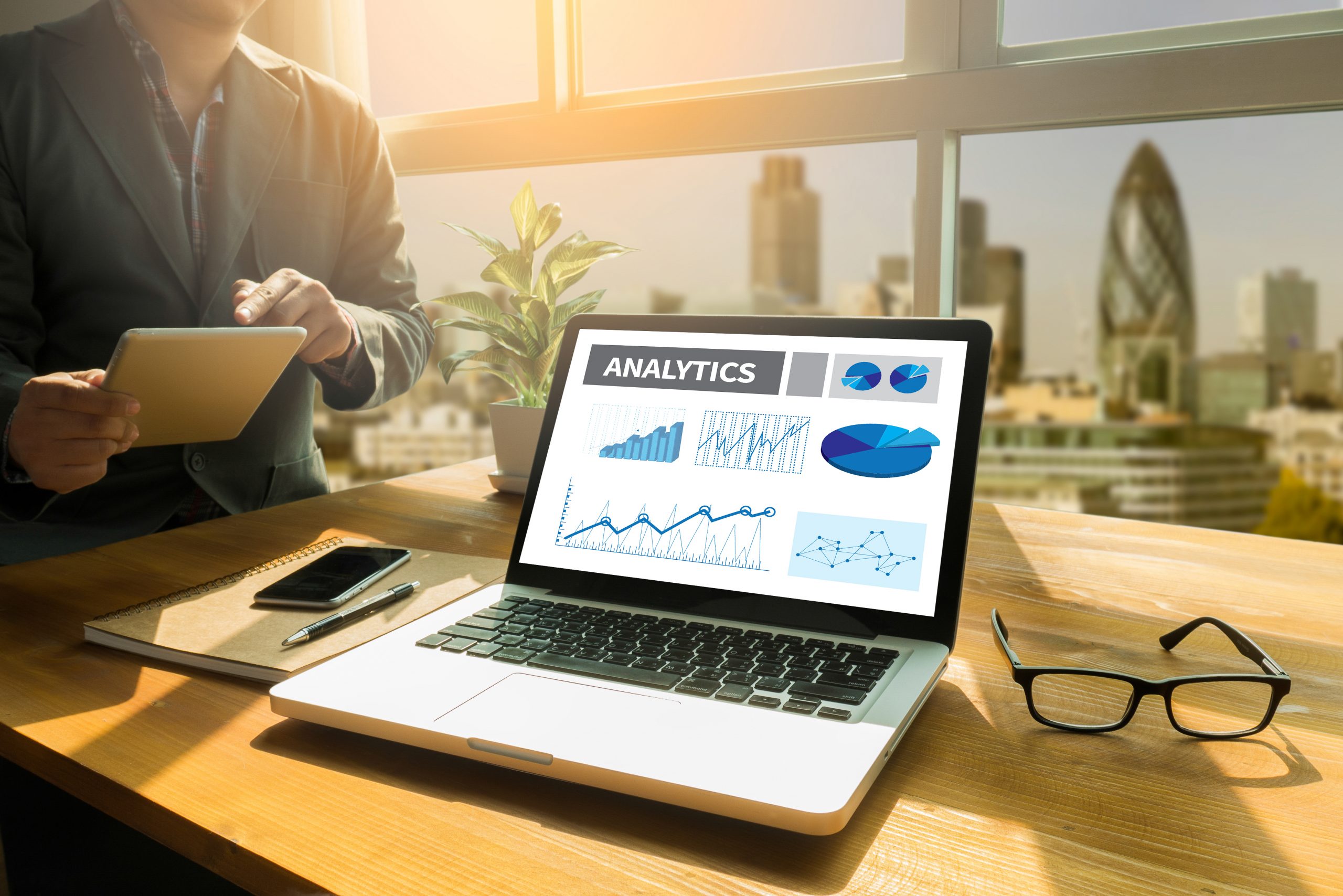






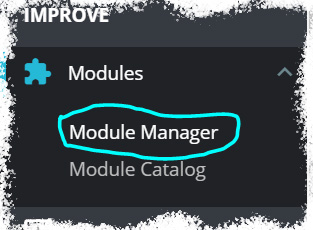

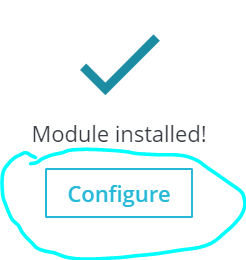



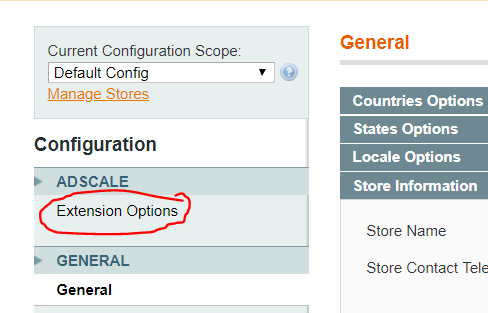
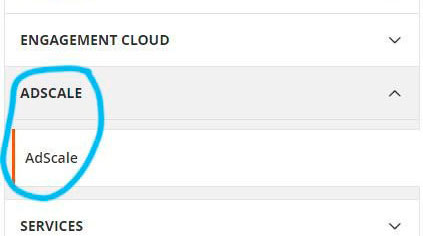

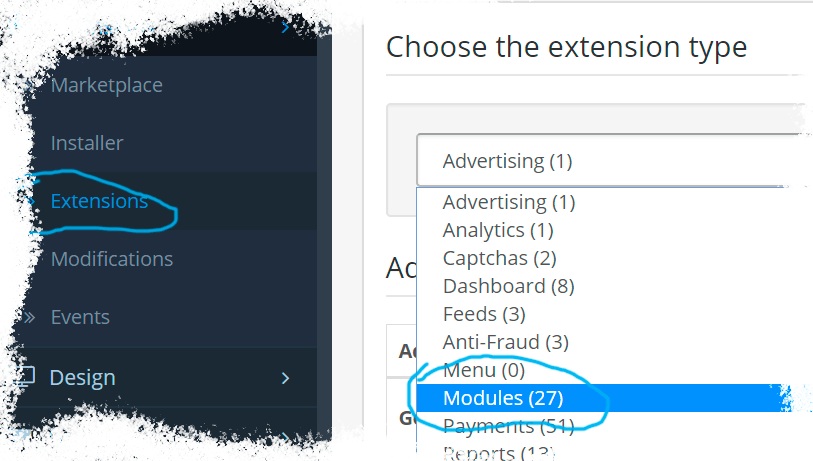
 ,
,